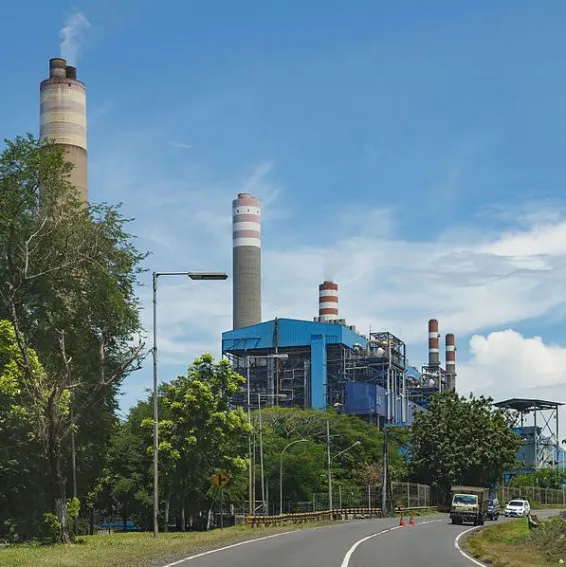
Why PLN is likely to raise electricity tariffs as costs escalate
It plans to bring over $1b debt offering to the international bond market.
Indonesia’s state-owned utility may raise electricity tariffs to offset its growing costs, concludes an investment-research memo published today by the Institute for Energy Economics and Financial Analysis.
The memo—“PLN’s Coal IPP Funding Gap Suggests Tariffs Must Rise in 2020”—comes as the utility plans to bring more than $1 billion debt offering to the international bond market.
“In the past, PLN has been able to avoid the spotlight on its financial performance because, as a state-owned enterprise, it is not subject to the type of scrutiny common to publicly-listed power companies,” wrote Melissa Brown, an IEEFA energy finance consultant and author of the memo. “This may change soon, however, as PLN seeks to tap the bond market more aggressively and as realistic financial commentary about PLN becomes more widely available.”
Here's more from IEEFA:
“The need for tariff increases is an issue that investors cannot ignore, particularly given the expectation of sharply-rising operating losses in the next four years,” Brown warned. “But it is one that the government and PLN likely do not want to talk about now with local elections looming later this year and a presidential election in 2019.”
The memo implicitly questions Indonesia’s commitment to coal-fired generation as global electricity markets shift to cleaner, cheaper ways to produce power.
“For debt investors, PLN’s financial fragility matters because the funding environment for coal-heavy sectors vulnerable to climate transition risk is deteriorating,” Brown said. “As more banks and investors withdraw from funding coal-fired generation, it is worth remembering that issuers like PLN must try to make the case that coal is the only way to meet the electricity needs of underserved consumers.”
A key weakness in PLN’s finances is the guarantees it has made to buy power from costly independent power producers (IPPs).
“The biggest funding challenge for PLN over the next four years is to find a way to pay for its planned increase in spending on new IPP capacity and the associated grid expansion needed to ensure that the new capacity can be dispatched,” the memo states.
It concludes that “long-term commitments to coal now carry a new level of risk.”

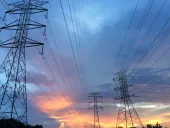

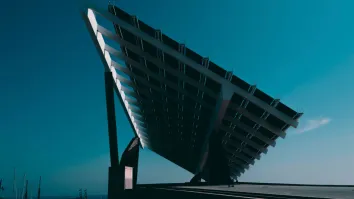
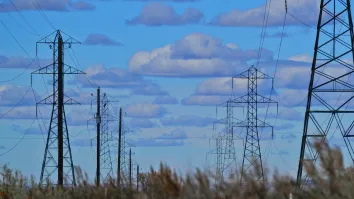
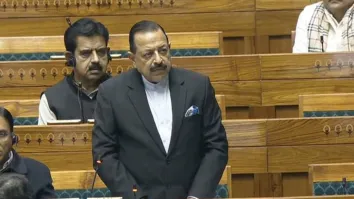













 Advertise
Advertise






